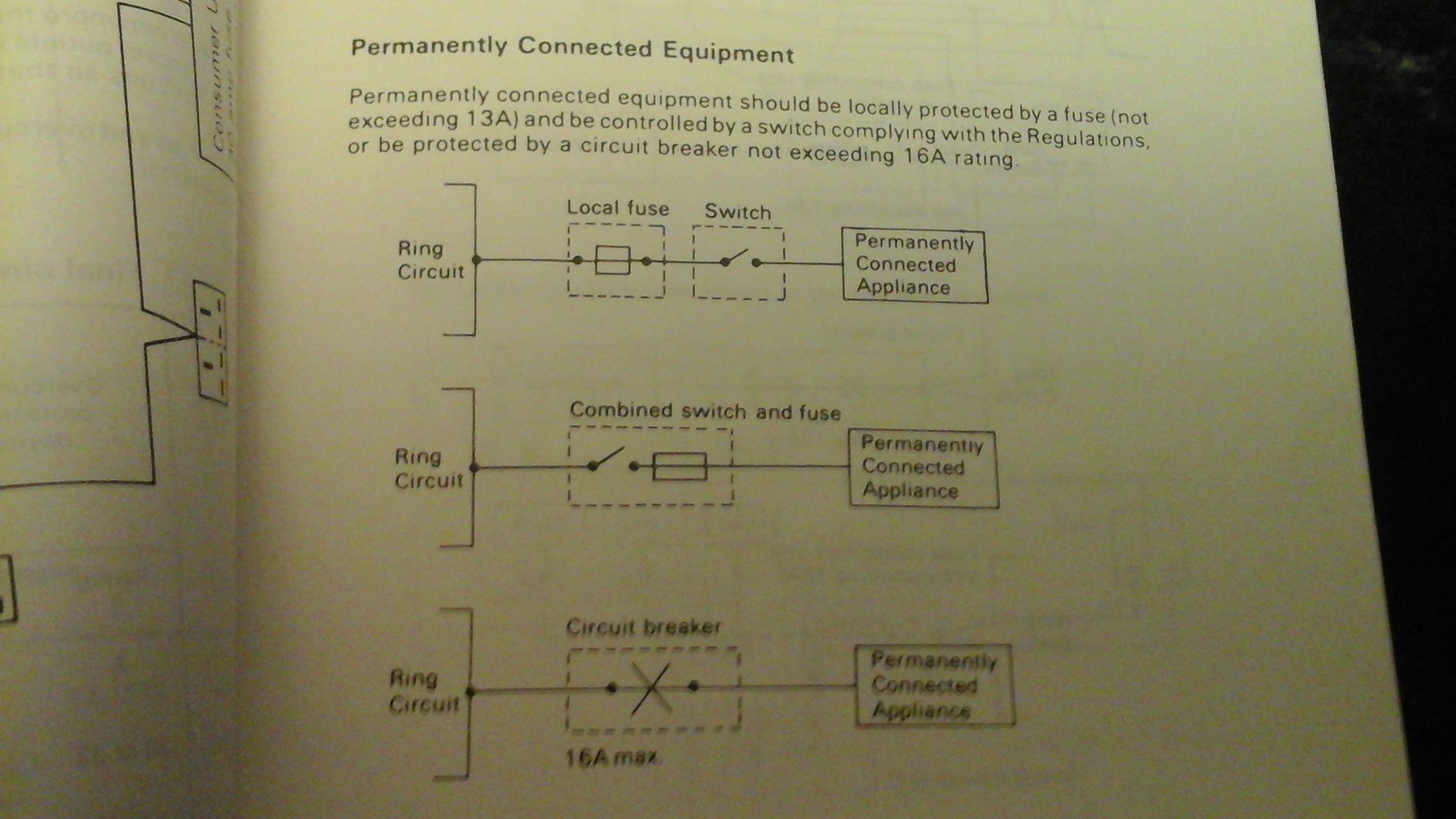Went to a job and noticed someone has spurred from a socket on a 32a 2.5mm ring, with 2.5mm cable to feed a rotary isolator.
The isolator is for a Fire system that has a built in motor, not found the relevant data sheet yet but a similar model suggests a 20 amp supply.
Did not seem right to me but is it actually wrong and contravene any regs.
As it is a safety system I have recommended it put on own circuit, though this will not be an easy task.
The isolator is for a Fire system that has a built in motor, not found the relevant data sheet yet but a similar model suggests a 20 amp supply.
Did not seem right to me but is it actually wrong and contravene any regs.
As it is a safety system I have recommended it put on own circuit, though this will not be an easy task.


